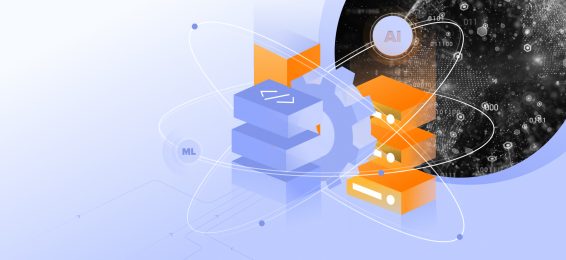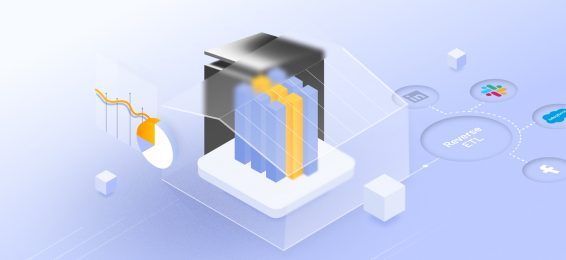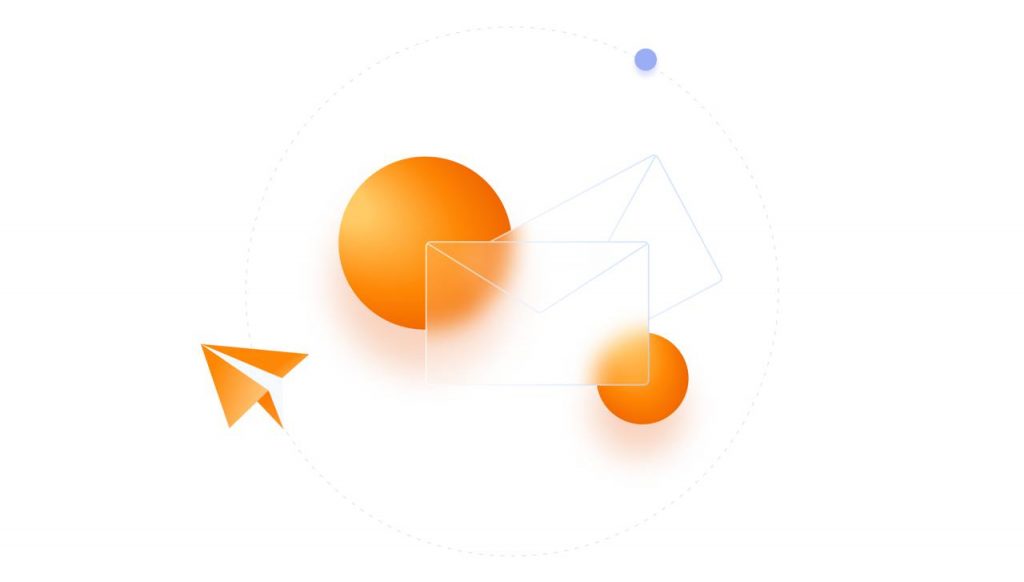This involves identifying relevant data points, integrating them with the original dataset, and transforming the data into a more useful format.
Data enrichment tools are used to enhance data quality, improve decision-making, and gain deeper insights into specific areas of interest.
Customer data enrichment helps improve customer profiles by adding demographic information, purchase history, and social media activity to provide more targeted marketing campaigns.
Why is data enrichment important?
Data enhancement helps teams enhance the value and context of existing data.
By combining data with external information, organizations can gain deeper insights, improve decision-making, and unlock new opportunities.
Here are the benefits a data enrichment framework offers businesses across all industries and scales.
- Enhanced data quality by improving the completeness and accuracy of data.
- Data-driven decision-making is enabled by accurate and multi-dimensional data.
- Ability to create personalized experiences: data enrichment improves the accuracy of targeted marketing and personalized recommendations.
- Increased operational efficiency: streamlined data analysis and reporting.
Data enrichment vs data cleansing
Data enrichment and data cleansing are essential data quality tools, each used with a specific purpose.
Data cleansing focuses on identifying and correcting errors, inconsistencies, and inaccuracies within the existing dataset. It involves tasks like removing duplicates, standardizing data formats, and imputing missing values.
Data enrichment involves adding external information to the dataset to enhance its value and context. This can include adding demographic data, geographic information, or historical data. While data cleansing ensures the accuracy and consistency of the data, data enrichment expands the scope and relevance of the information.
Key steps of the data enrichment process
- Identify data gaps: determine what additional information is needed to enhance the existing dataset.
- Source external data: locate reliable and relevant data sources.
- Integrate data: combine the original dataset with the external data.
- Transform data: ensure data consistency and compatibility between the different sources.
- Validate data: verify the accuracy and quality of the enriched data.
- Analyze enriched data: use the enriched data to gain insights and make informed decisions.



